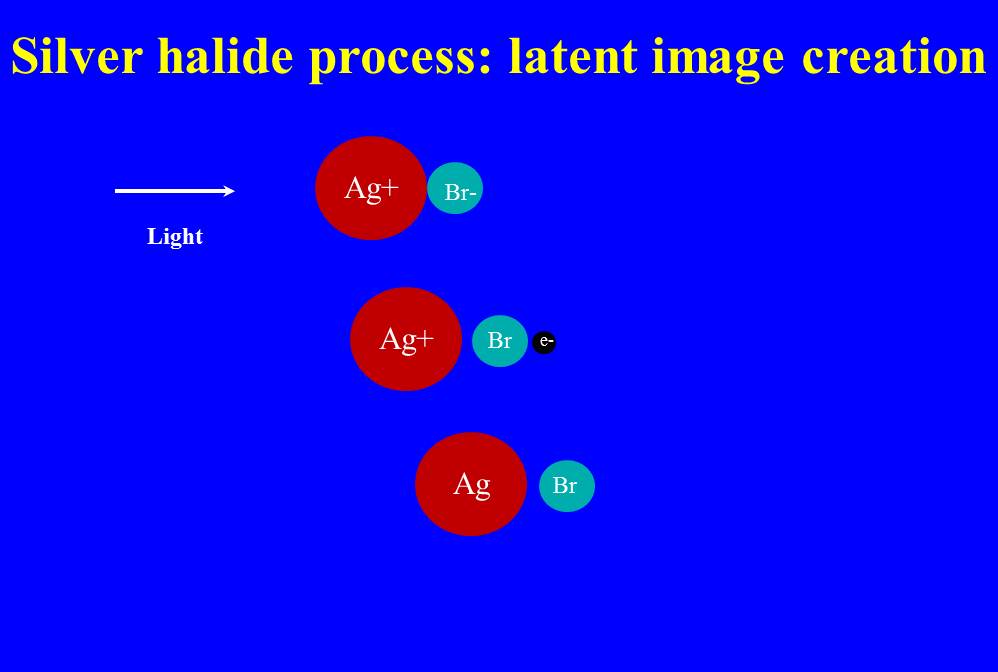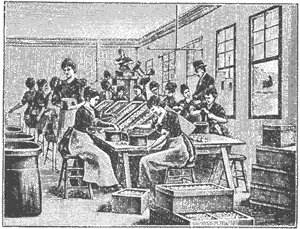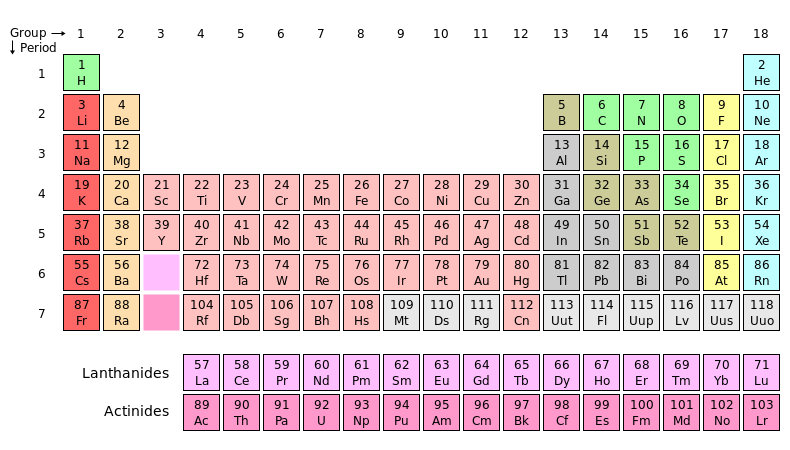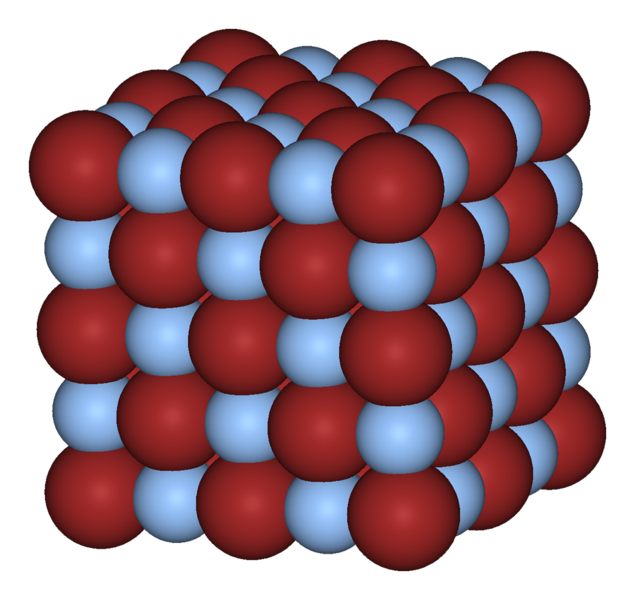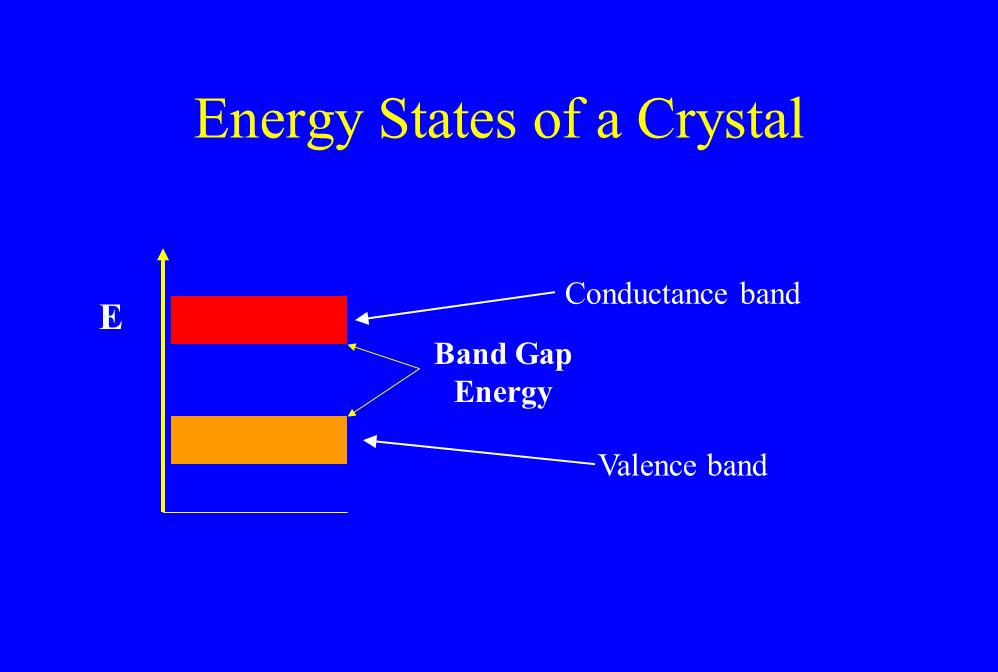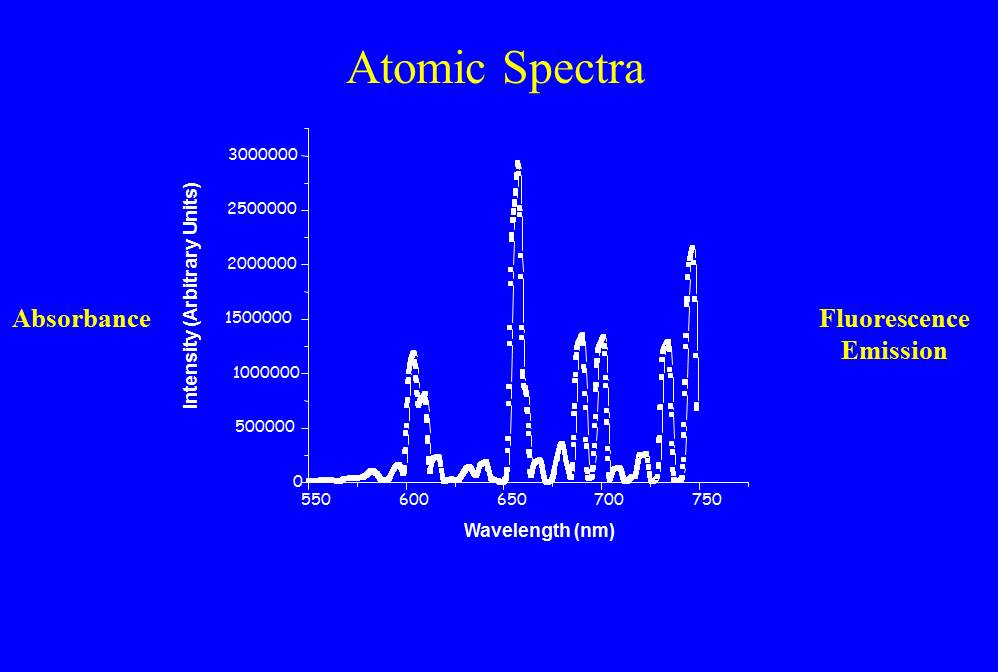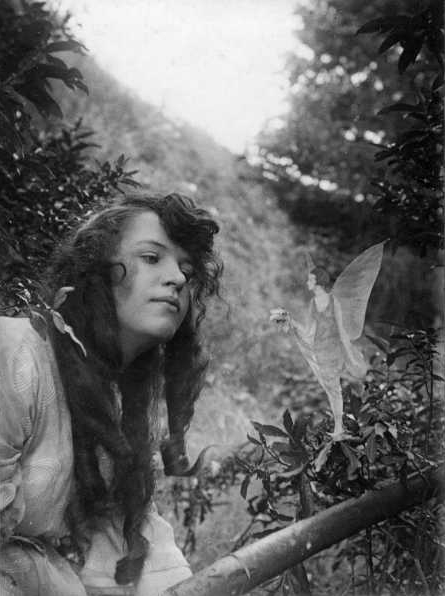I have mentioned many times before that I believe that LensWork is pretty much the finest of the artistic photography journals being published today. So I scour each issue for featured artists and I am rarely disappointed. In the latest issue (#104) I found three magical words: photography, architecture, and Chicago. What could be better? So with great expectations, I started my exploration of the wonderful work of Chicago-based photographer Joseph Kayne.
The portfolios in Lenswork: “Chicagoesque – Architecture” and “Chicagoesque – Murals,” lived up to my expectations. Then I started to explore Mr. Kaynes website. The beauty and diversity of his work is overwhelming, or maybe just plain amazing. The Chicago photographs there are labeled merely “Chicagoesque.” They are then divided into “black and white” and “color.” Mr. Kayne has true depth in both media.
A few points should be made here. Mr. Kayne uses medium format cameras. One of the wonderful aspects of these cameras, the one that makes them ideal for architectural photography, is the ability of tilt the lens to correct for perspective issues. The big perspective issue with architecture is that you tend to be on the ground and looking up. Your parallel building lines are moving up and seem to be converging to some distant point, instead of remaining parallel. Tilt lenses enable you to correct for this. Yes, so does Photoshop, but that’s not the point. Look at the beautiful parallel straight-on perspective of for instance, “Pride of Chicago.” And if you want to see gorgeous perspective consider “Concerto No. 9.” That’s amazing craftsmanship and beauty rolled into one. At the same time Mr. Kayne is a master of daring perspective. He looks almost straight up at a building facade with, for instance, “Gothika.” How’s that for depth-of-field? And where does “The Elegant Path’ lead us?
The murals are another thing altogether! Look for instance at “Deception.” These photographs of church windows, ancient tile floors, and street murals connect with Joseph Kayne’s images of petroglyphs in his “Ancient America” series. There is a tremedous depth and spiritualism in Mr. Kaynes work. I don’t think that I have yet fully absorbed his website’s galleries. He has remarkably chronicled the American West, the Southwest, and New England. With his landscapes, he asks us to “Walk in Beauty.“
A key element in observing and reading photography is what you can learn from it, what you can take from it to extend your own vision and work. There is truly a lot to be learned from Joseph Kayne.

